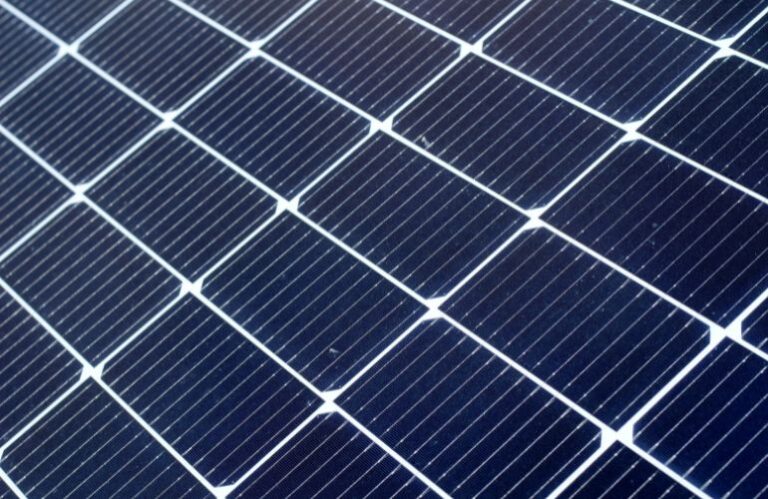On January 7, the Treasury Department and the IRS were released final rules for the Clean Electricity Investment and Production Tax Credits – also known as the Technology Neutral Credits – in tax code sections 45Y and 48E.
The Clean Electricity Credits encourage innovation by allowing new zero-emission technologies to develop over time, while also providing sustainable incentives for companies to invest in clean energy technologies that are already contributing to clean energy investment and boom in production.
The final rules provide important clarity and certainty about which clean electricity and zero-emission technologies are eligible for the credits – including wind, solar, hydro, marine and hydrokinetic, geothermal, nuclear and certain waste energy recovery properties. The Treasury Department and the IRS expect to soon release the first annual table confirming this list of qualifying technologies. The final rules also provide guidance to clarify how combustion and gasification technologies may qualify in the future – including how life cycle assessment assessments that comply with the law will be conducted.
“The final rules issued today will ensure that U.S. investments in clean energy continue to grow – lowering energy costs for American families and small businesses, creating good-paying construction jobs, and strengthening energy security by improving U.S. to withstand price shocks,” the spokesperson said. US Treasury Secretary Janet L. Yellen.
The existing production tax credit and investment tax credit will be available for projects that started construction before 2025. Qualifying projects placed into service after December 31, 2024 are eligible for the new Clean Electricity Credits.
“The United States must adopt a comprehensive energy strategy to meet rising electricity demand across the country. This tax credit is critical to spur investment in U.S. energy projects across a range of technologies, especially solar, which adds more capacity to the energy grid than any other fuel source,” said Abigail Ross Hopper, president and CEO of SEIA . in a press statement.
“Critically, this tax credit further incentivizes solar and storage projects to use U.S.-made components such as solar panels, trackers and batteries,” she continued. “Efforts to repeal these rules will only make it easier for China to win the race for dominance of the global solar market, while killing American jobs and much-needed economic opportunities. We urge lawmakers to protect these tax credits to fuel job growth and continue building America’s clean energy.”
The final rules reflect careful consideration of stakeholder comments and largely maintain the proposed rules. The final rules also confirm that any future changes to the list of zero-emission technologies or the designation of a life cycle assessment model that can be used to determine emissions rates will be required to be accompanied by an analysis prepared by the U.S. Department of Energy’s National Labs . in consultation with interagencies and other experts.
The National Labs already analyze life cycle emissions from electricity production using certain biomass technologies, based on the requirements in the final rules. The Treasury expects that this analysis, when completed, will provide additional clarity for taxpayers.
To receive the full value of the credits, taxpayers must meet standards for paying prevailing wages and hiring registered apprentices, which will help more clean energy jobs become high-paying jobs and expand career opportunities for clean energy workers energy sector to increase. The Technology Neutral Tax Credits for Clean Electricity Production and Investments are also eligible for bonus credits related to locating projects in energy communities and meeting certain domestic content use standards, ensuring robust and geographically diverse job creation and economic opportunities in the growing clean energy sector are further supported. .
News item from the Ministry of Finance


